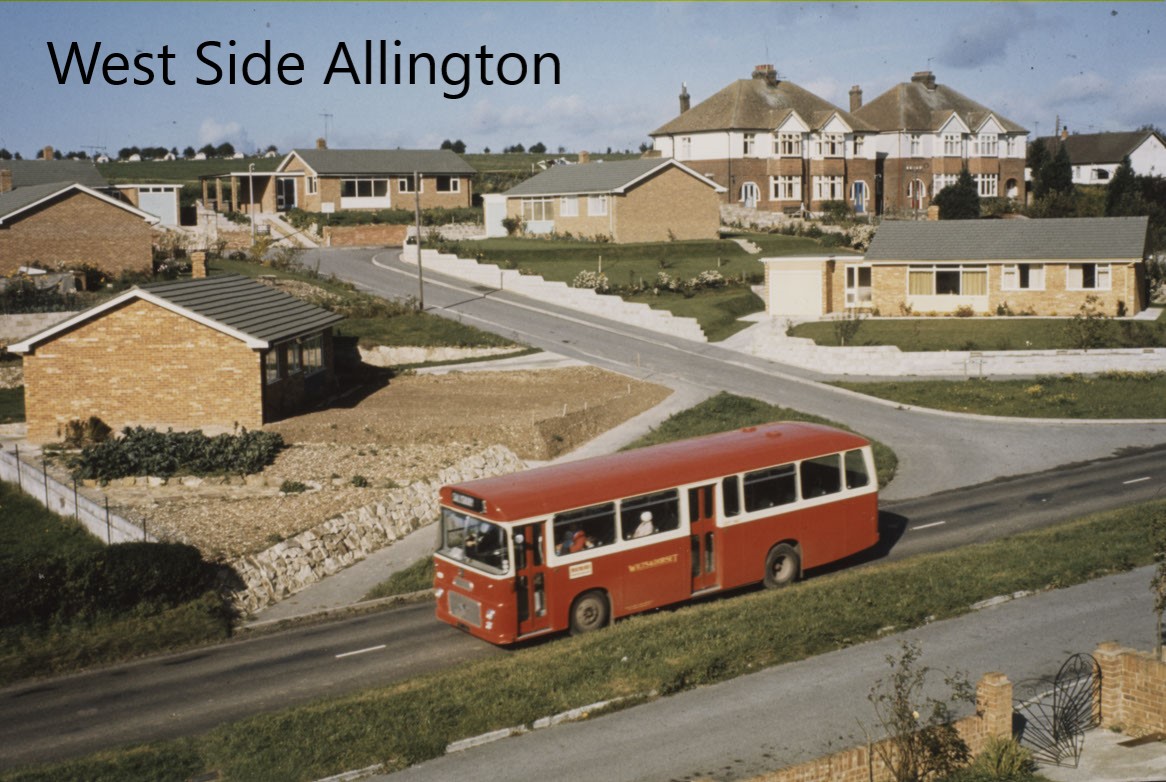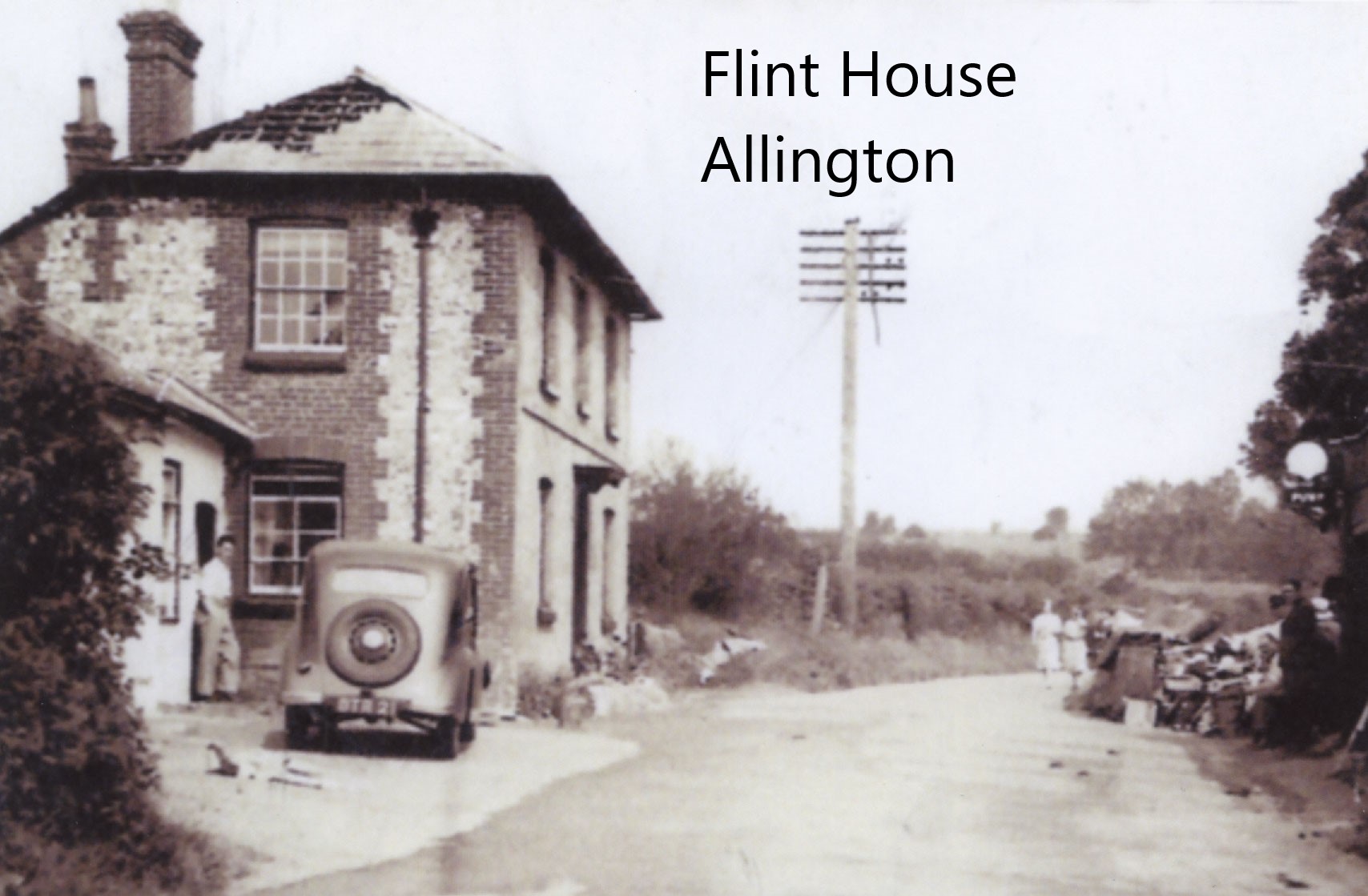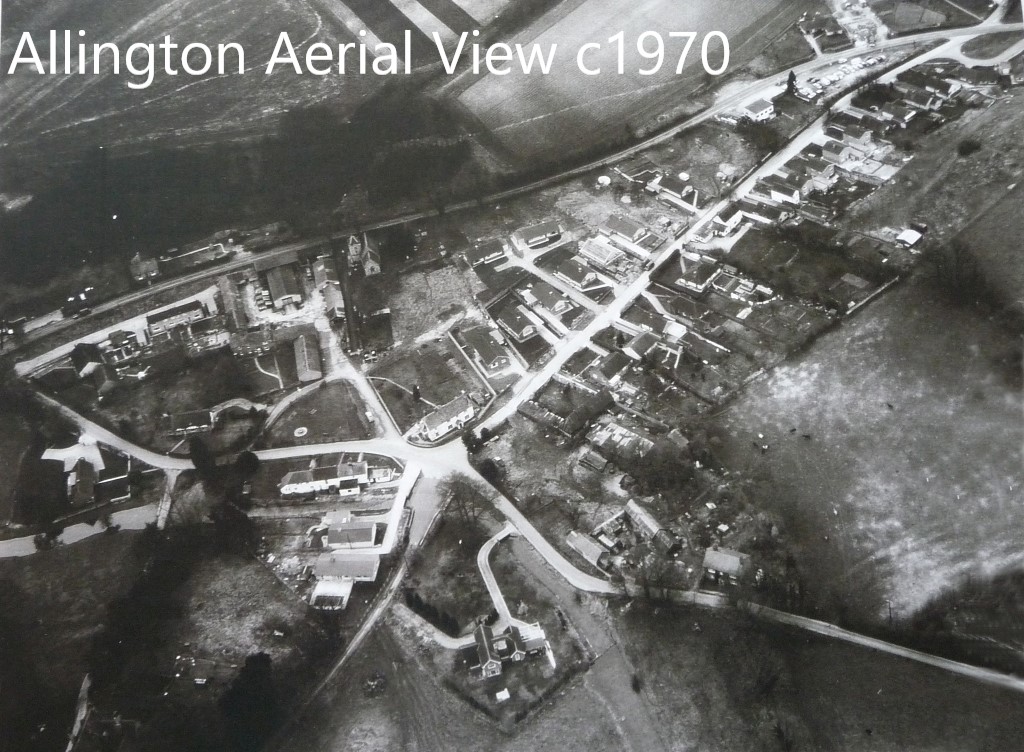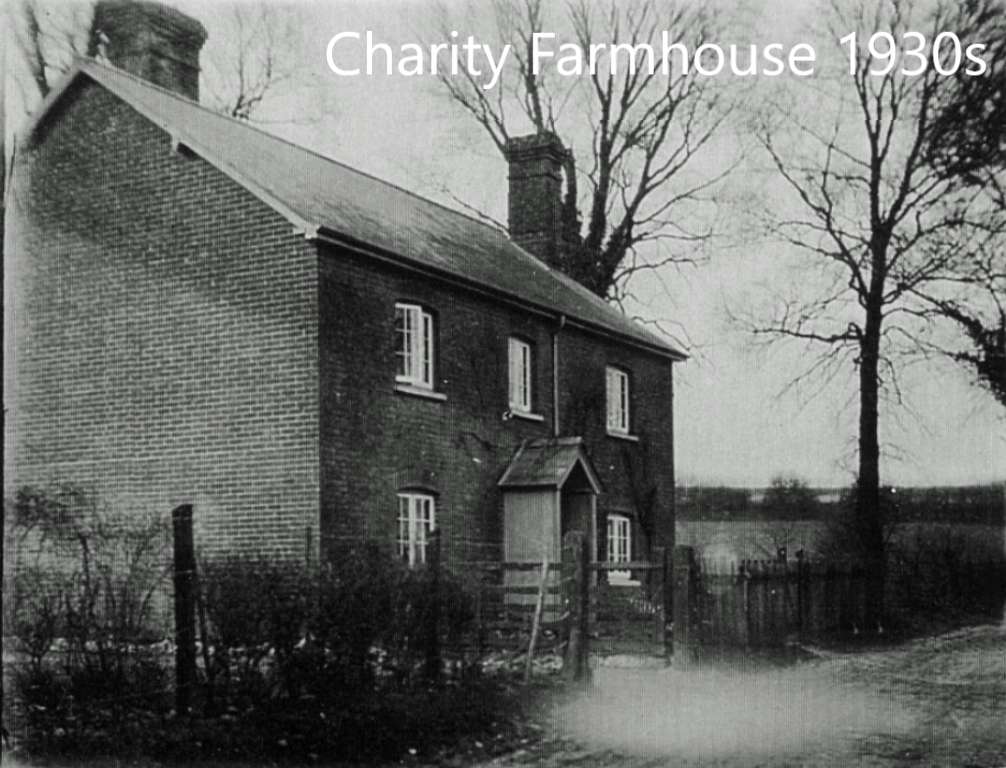Allington is recorded in the Domesday Book of 1086, when there were eight households and one mill at Alentone. Allington was still a small village in 1895 the entire population was only 70. There is no village hall or school to give it a centre. Allington church was evidently standing in the 12th century. In 1650 it was proposed to add the parish to Boscombe, but the proposal was not implemented then. The Church was rebuilt 1848–51 and dedicated in 1851 to ST. JOHN THE BAPTIST. Jane Austen has a tenuous link here; she nearly became the sister-in-law of one of its rectors! So, inside the little church of St John the Baptist is her signature, framed. It’s from a 1792 wedding register. Thomas Fowle, rector of Allington (1793-97) conducted the service to which she was a witness. Her sister Cassandra was engaged to that Mr Fowle, but he died of yellow fever in the West Indies and left her £1,000. Nicholas Fuller, language scholar, was rector of Allington around 1591. He chose to publish in Heidelberg “a majestical work” in Latin, which seemed to Hutton “too great and heavy a thing to have come out of Allington. Allington Primitive Methodist Chapel looks like a pretty cottage. It was one. Miss Alice Horne, farmer’s daughter, bought it for the Methodists in 1843 for £13. Until then the “Ranters” had held open-air meetings on the green. “One of the happiest features of church life here,” Geoffrey Davies, former rector, used to say, “is the excellent relationship between Methodists and Church of England.” When Adolphus Curtis drove Allington’s first car, there was no tar, people walked, caught the Newton Tony train, or cadged a ride on a Tanner’s wagon. Boscombe and Allington became one civil parish in 1924 and were ecclesiastically married in 1971. Today, Allington and Boscombe are merged from The Plough to North End, the two villages are strung out for nearly two miles along the busy A338 “Tidworth Road” — which the old folk called the Turnpike. Now if you are caught up in the fast traffic on the busy road, you may overshoot the village. Charities for the poor. From c. 1793 or earlier to 1876 the rectors gave bread, cheese, and beer to paupers on Christmas day. By will proved 1899 Ellen Meyrick gave the income from £200 for old paupers at Christmas. Two received £1 each in 1900. In 1949–50 the income, £5, was shared by 5–6 old people, and from 1973 was allowed to accumulate. Linger a little in this parish and history is all around you. The old Roman Road from Silchester to Sarum runs this way. Alison Kidd. Publisher, Salisbury Journal, 1988.







